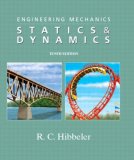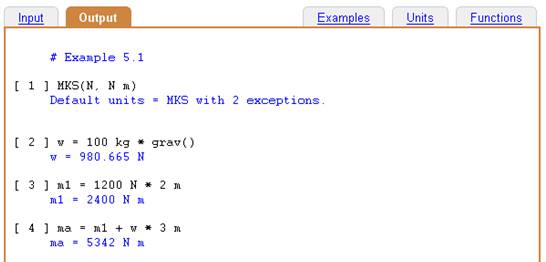Author's Homepage: R. C. Hibbeler
Chapter 5: Equilibrium of a Rigid Body
"In this section we will develop both the necessary and sufficient conditions required for equilibrium of a rigid body. To do this, consider the rigid body in Fig. 5-1a, which is fixed in the x, y, z reference and is either at rest or moves with the reference at constant velocity. A free-body diagram of ith arbitrary ith particle of the body is shown in Fig. 5-1b. There are two types of forces which act on it. The resultant internal force, fi, is caused by interactions with adjacent particles. The resultant external force Fi represent for example, the effects of gravitational, electrical, magnetic, or contact forces between the ith particle and adjacent bodies or particles not included within the body. If the particle is in equilibrium, then applying Newton’s first law we have Fi + fi = 0."



 or by typing Shift Enter.
or by typing Shift Enter.